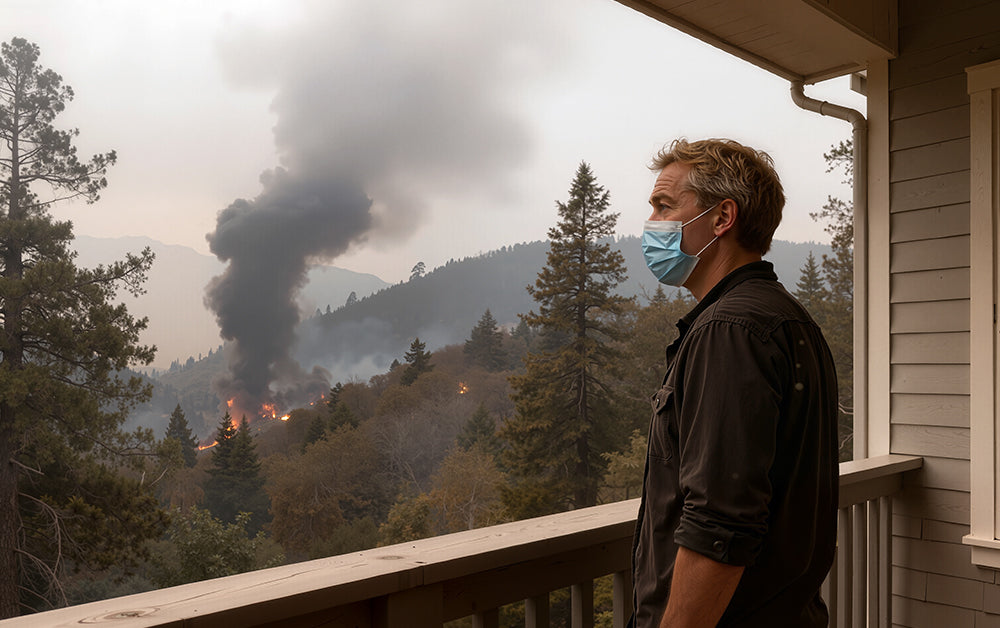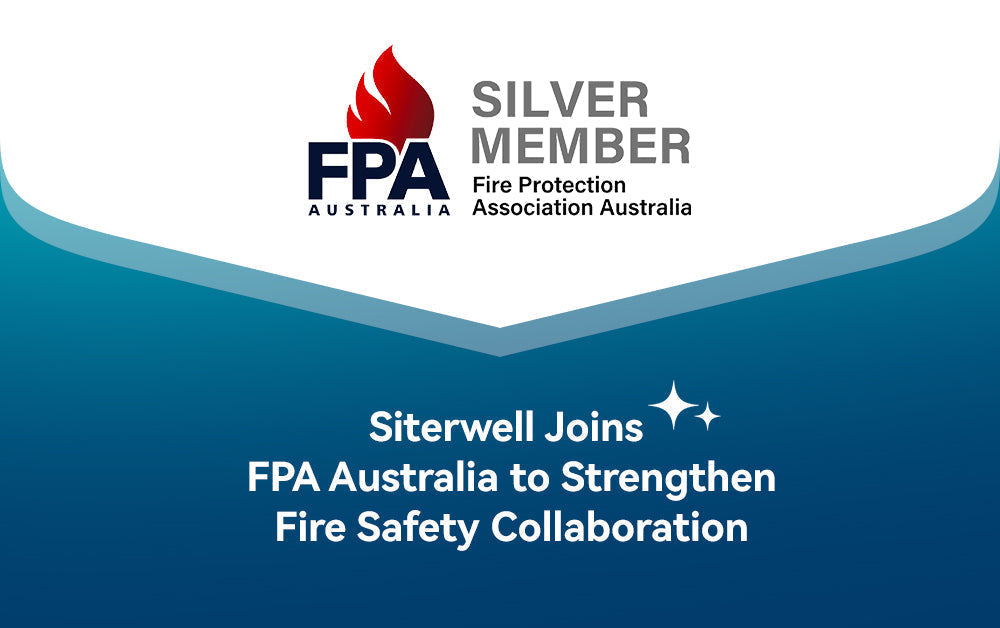Background & Health Evidence
Wildfire activity is rising across the United States, and its smoke is a serious health hazard. A 2025 Nature study estimates that wildfire smoke could cause about 71,000 additional premature deaths per year by 2050 under a high-warming scenario.
The U.S. EPA warns that wildfire smoke contains fine particles (PM₂.₅) that can irritate lungs, trigger asthma attacks, worsen heart disease, and in some cases lead to early death.
Harvard researchers have also found that health impacts may last for months after fires end, increasing hospitalizations for heart disease, stroke, and pneumonia. 
Why Early Warning Matters
PM₂.₅ particles are so small they can enter the bloodstream before you even notice the smell of smoke. Studies show that even a small rise in wildfire-specific PM₂.₅ correlates with higher emergency room visits for asthma and other respiratory illnesses.
By the time smoke is visibly filling a room, much of the exposure has already occurred. This is why health experts encourage earlier detection and action — sealing ventilation, running filters, or relocating vulnerable family members before indoor air reaches hazardous levels.
Siterwell's Approach to Safer Homes
At Siterwell, we see smoke detection as more than a code requirement. Our photoelectric smoke alarms are designed to respond better to slow, smoldering smoke that may signal early fire stages or incoming haze, while minimizing nuisance alarms as much as possible from light cooking smoke or steam.
With long-life batteries and consistent sensitivity, these alarms provide a more reliable line of protection, reducing the chance that a unit will be ignored or disabled due to false alerts. Interconnected options can trigger alarms throughout the home, giving everyone the time they need to react. We believe this is a better way to protect families — giving them more time to act and helping reduce cumulative smoke exposure, whether the threat comes from a nearby kitchen mishap or wildfire smoke drifting indoors.
Everyday Scenarios Where It Matters
1. Urban & suburban homes: Early alerts help respond to drifting wildfire smoke before indoor air turns dangerous.
2. Nighttime protection: Alarms wake sleeping family members when smoke begins to build.
3. Vulnerable groups: Children, seniors, and those with asthma or heart conditions gain extra lead time.
4. Multi-room homes: Interconnected alarms improve coverage and ensure everyone hears the alert.
5. Post-evacuation checks: When returning home after a fire, working alarms confirm that indoor air remains safe.
Your Safety Checklist
Wildfire smoke is no longer a rare event — it's part of today's reality. Taking small steps now can make a big difference:
1. Test alarms weekly and replace those older than 10 years.
2. Choose alarms that respond well to smoky particulates while reducing nuisance triggers.
3. Install alarms in bedrooms, hallways, and near ventilation paths for better coverage.
4. Act quickly when alarms sound: close windows, run filters, or leave the area if necessary.
By combining science-backed health awareness with reliable detection, Siterwell aims to help every household build a safer, healthier living environment. Learn more Siterwell's products: https://store.siterwellhome.com/collections/all



